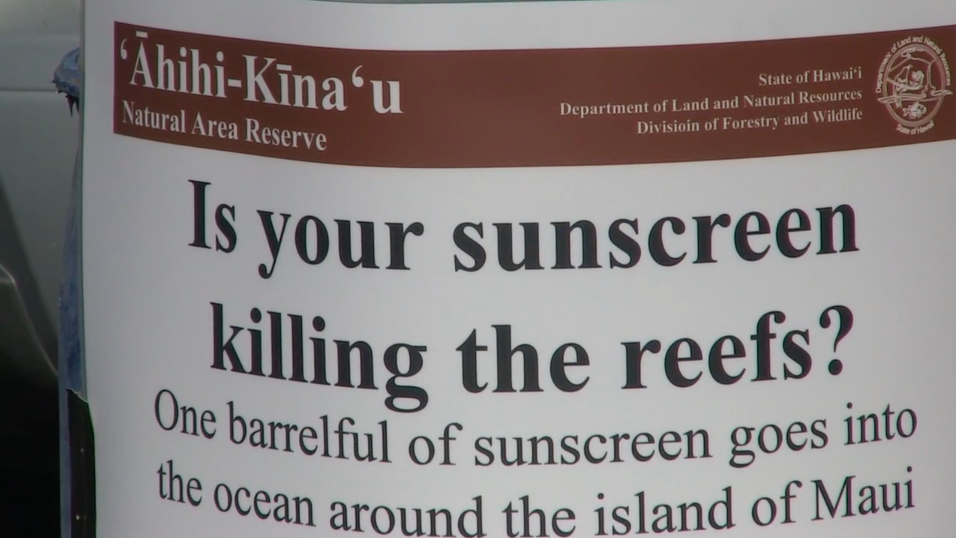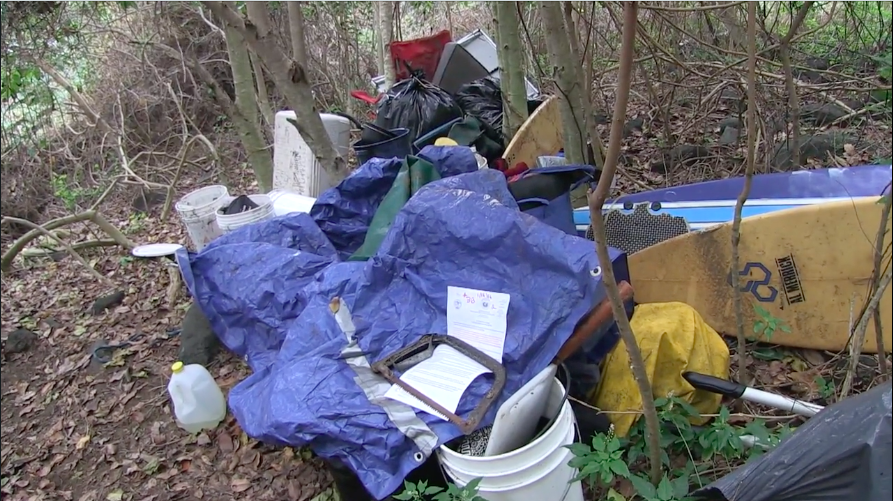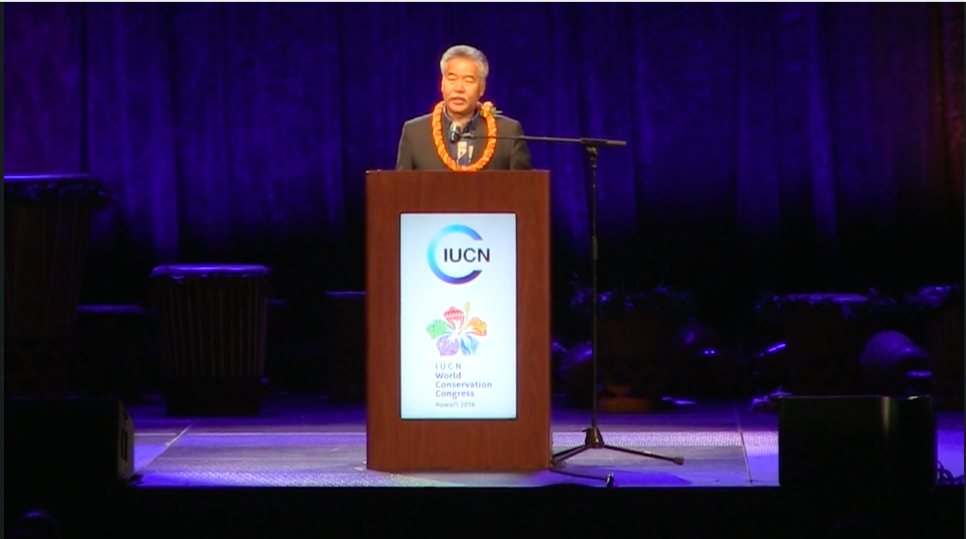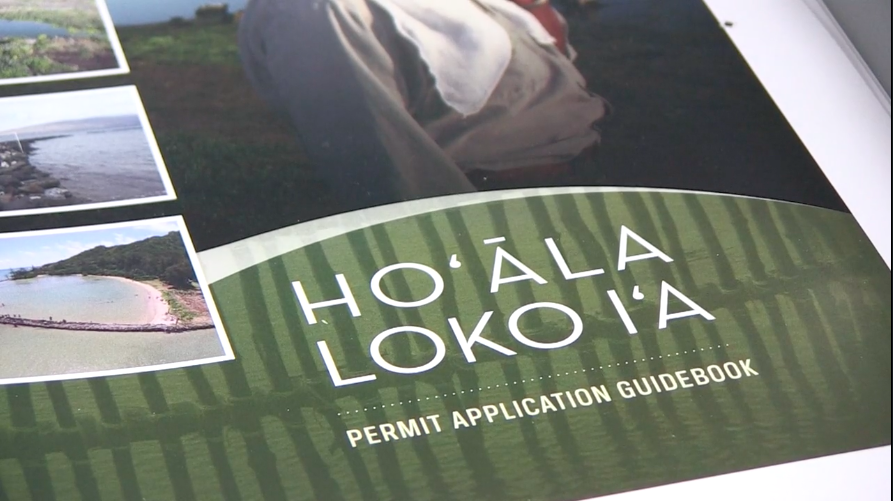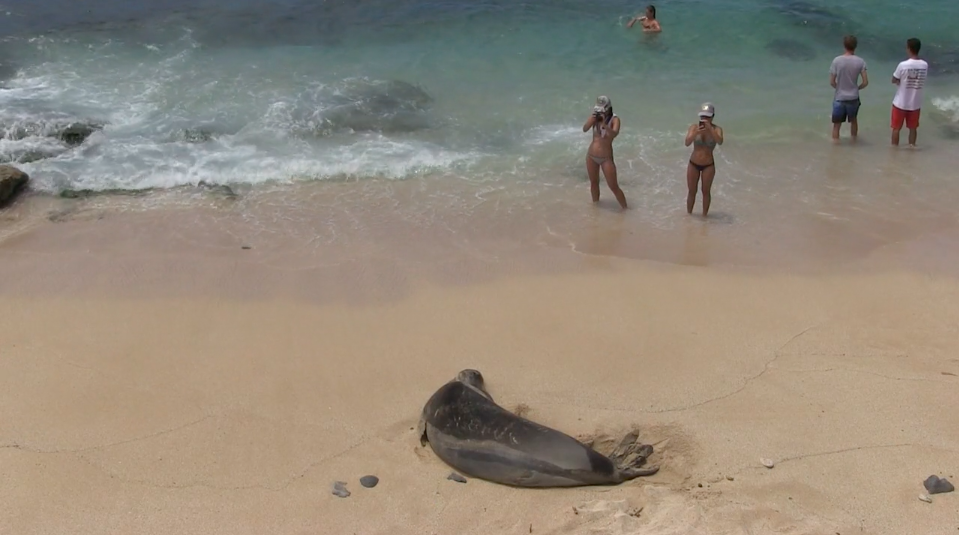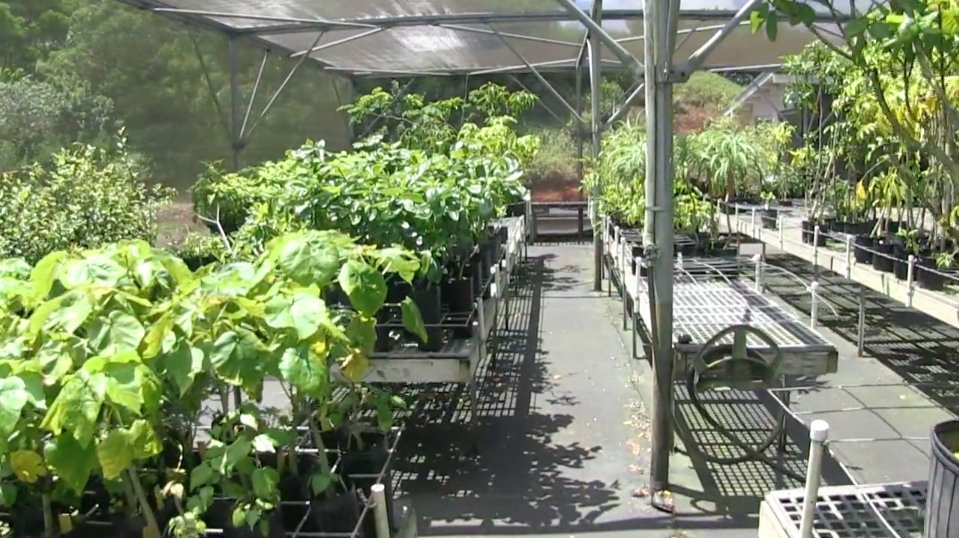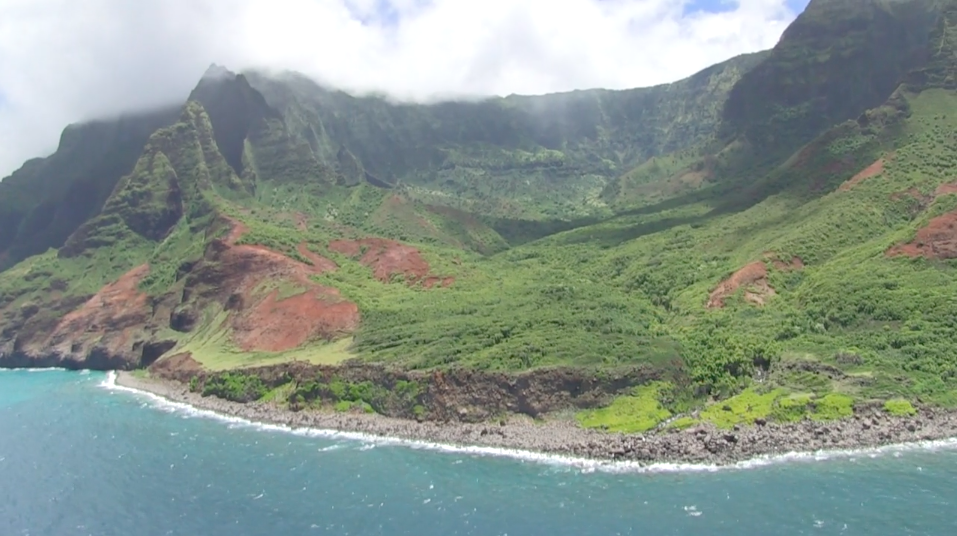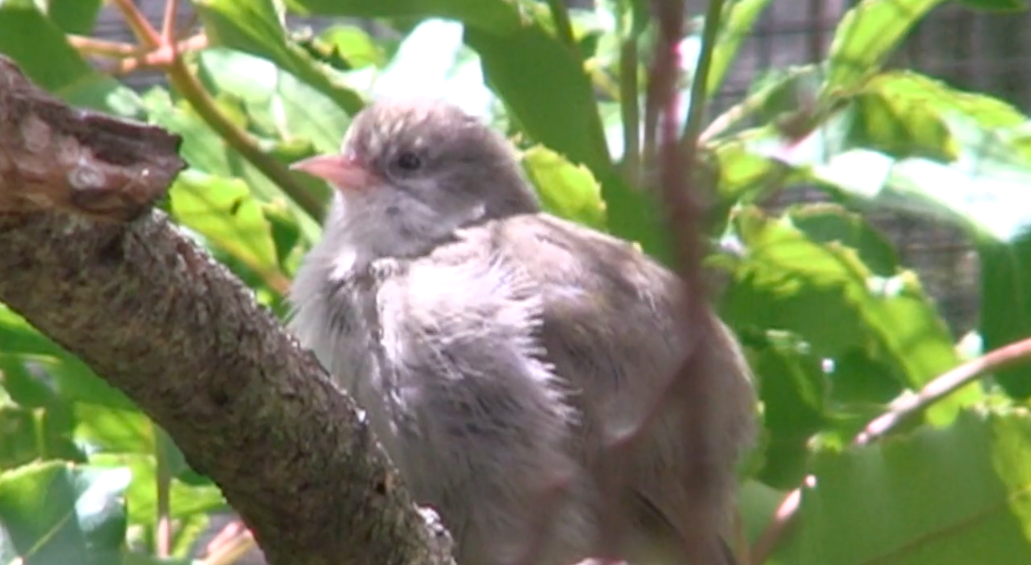(Honolulu) - A compound commonly found in sunscreens has been shown to cause serious harm to corals, and the Department of Land and Natural Resources (DLNR) is asking people who enter the ocean to avoid using sunscreens which contain oxybenzone. Recent studies have shown that oxybenzone causes deformities in coral larvae (planulae), making them unable to swim, settle out, and form new coral colonies. It also increases the rate at which coral bleaching occurs. This puts coral reef health at risk, and reduces resiliency to climate change.
News Releases
(HONOLULU) – As the Department of Land and Natural Resources (DLNR) was exploring ways to reach more visitors and kama‘āina with information about conserving and protecting natural and cultural resources, the Hawai‘i Tourism Authority (HTA) was engaged in developing a five-year strategic plan. “Coincidentally, the stars were in alignment and what we were thinking turned out to be a perfect fit with the HTA’s strategic plan,” said DLNR Chair Suzanne Case.
DLNR & YOU – World Conservation Congress Opening Ceremony – Governor David Ige (click on image to watch video)
Honolulu – With Tropical Storm Madeline currently impacting Hawai‘i County and Hurricane Lester entering Hawaiian waters over the next several days, the IUCN World Conservation Congress Hawai‘i 2016 and all of its sessions and programs are continuing as scheduled. The Congress begins tomorrow with opening ceremonies at the Neal S. Blaisdell Center, and then continues at the Hawai'i Convention Center until Sept. 10, 2016.
(Honolulu) -- The Department of Land and Natural Resources and the IUCN’s Oceania Regional Office (ORO) are hosting the Hawaii-Pacific Pavilion during the IUCN World Conservation Congress 2016, which will take place at the Hawai‘i Convention Center from September 2-9.
(Honolulu) – Loko i‘a, or traditional Hawaiian fishponds, are unique aquaculture systems that existed throughout ancient Hawai‘i. Although a 1990 statewide survey identified 488 loko i‘a sites, many were in degraded condition, and either completely beyond repair or unrecognizable.
(Honolulu) - The popularity of self-guided or commercial tours that offer marine-life encounters with turtles, dolphins, whales, manta rays, and even sharks, brings large numbers of Hawai‘i visitors and residents into close proximity with wild creatures. Many people aren’t aware of how their behaviors could hurt them or wild animals, or impact the creatures habitats.
(Honolulu) – When Silene perlmanii, an extremely rare small shrub with delicate white flowers, was discovered on O‘ahu by botanist Steve Perlman in 1987, just 20 individuals remained in the wild. Within three years, only 6 plants remained, dwindling to a single individual by 1994. The decline of this species at the last known wild site has been attributed to aggressive weeds and introduced ungulates damaging the habitat.
(Honolulu) – Maintaining and caring for (to malama) a remote wilderness park is a daunting, expensive, and labor-intensive task. When the leadership of the Hawai’i Department of Land and Natural Resources (DLNR) elected this year to put renewed emphasis on the spectacular Napali Coast State Wilderness Park on Kaua’i, they knew that many years of unpermitted activity, an often-times unforgiving environment and unprepared or unwary visitors would continue to create a special set of challenges and opportunities.
(Lihue, Kauai) Hawaii’s forest birds are one of the best examples anywhere in the world, of what’s known as adaptive radiation. This means a few founding individual species evolved into a multitude of species. They’re also a key reason Hawaii holds the unenviable nickname of “extinction capitol of the world”, as many species have disappeared since the arrival of people to the islands. Most of the remaining are highly endangered and the subject of intense conservation efforts. Habitat loss and degradation, non-native predators, landscape-altering invasive weeds, and avian disease spread by mosquitoes have all contributed to the current predicament faced by these species.

